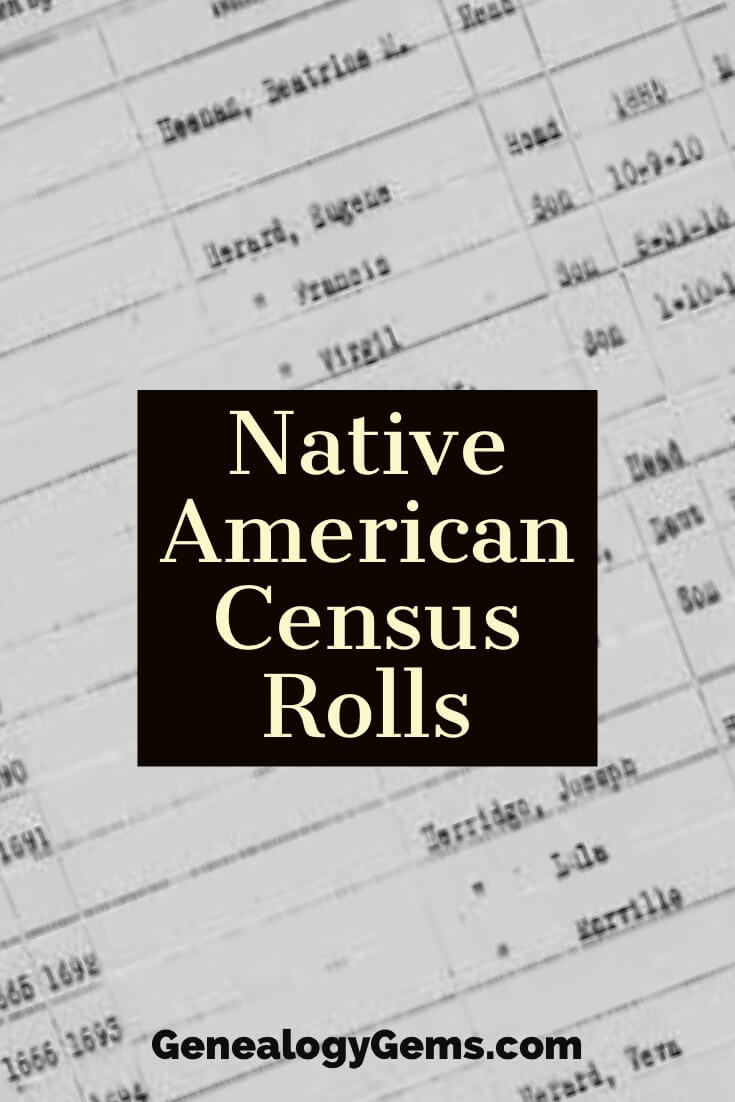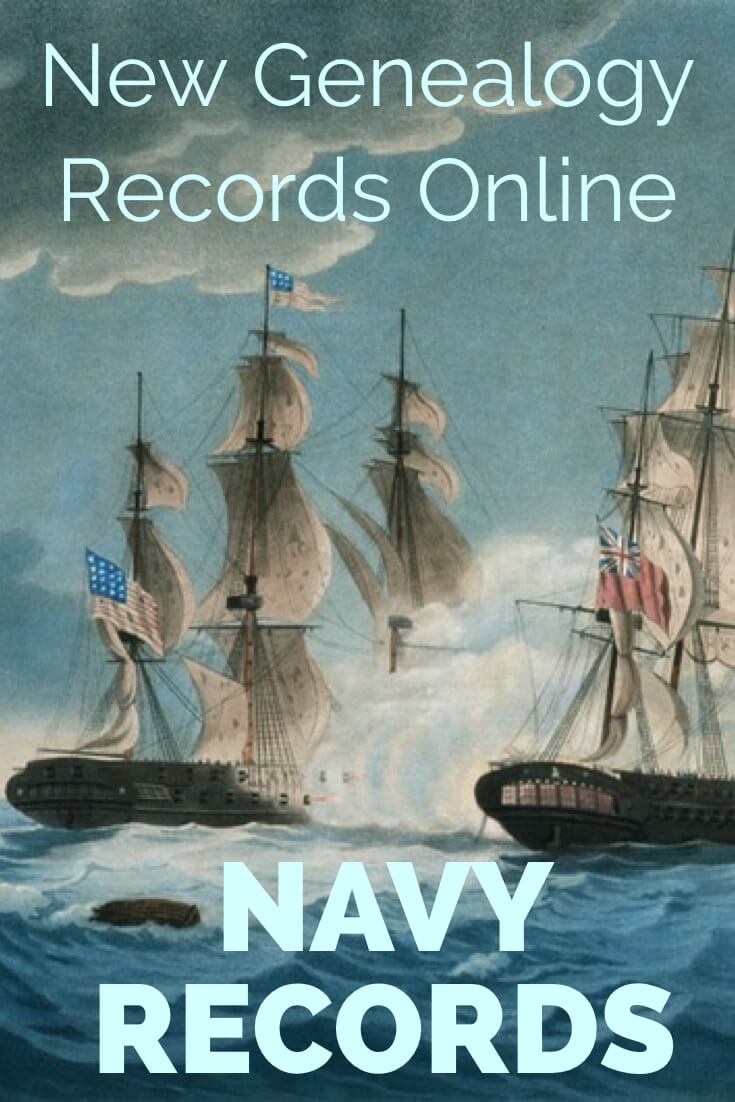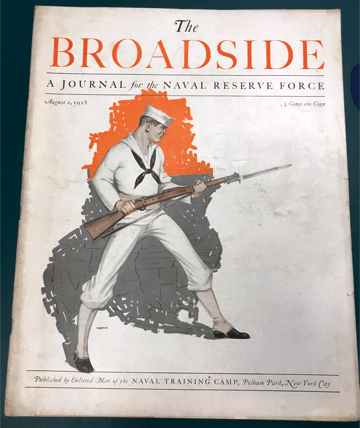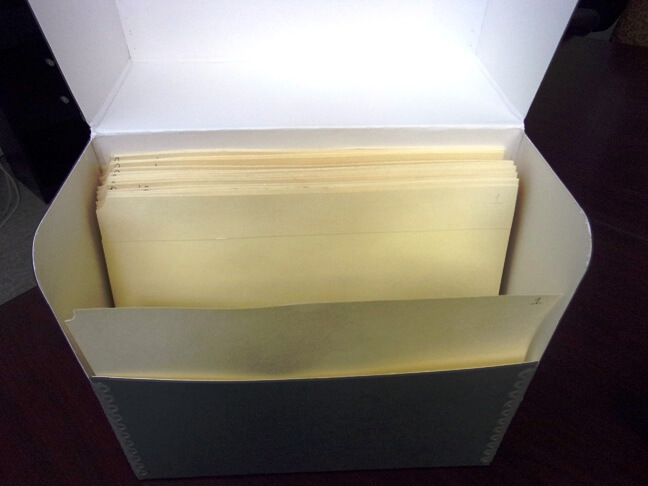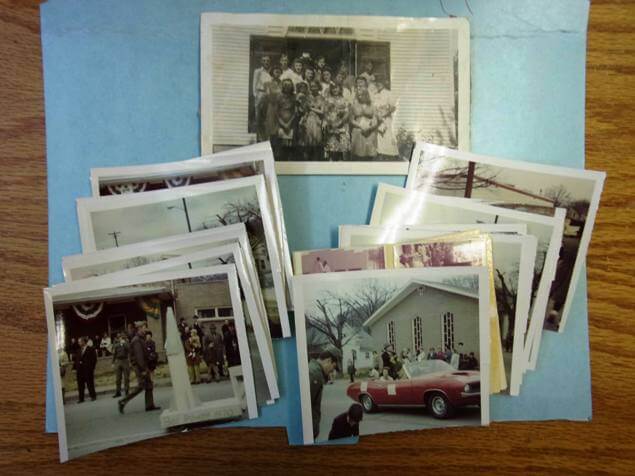Blog

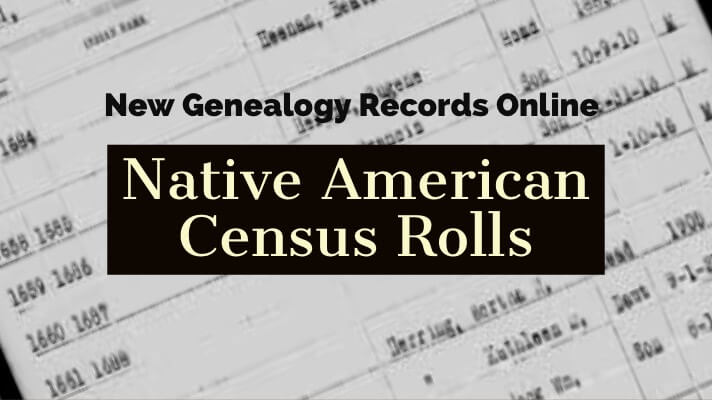
Native American Census Rolls Online & More
Enjoy brand new records online this week starting with a new collection of Native American Census Rolls at FamilySearch! Also new are civil registrations for France, half a million new records for Kent County, England, and a new digital archive of Japanese American Internment records.
Native American Census Rolls
Genealogy giant website FamilySearch.org has made a huge update to their Native American Census Rolls, 1885-1940 collection. Nearly 2 million indexed names have been added, pulling from the original records from the NARA Series M595. This NARA series also includes some vital records. You can search by name, life event, and relationship to another person.
If you have Native American ancestors, whether you’re just starting out or you need a research reset, the free FamilySearch Wiki, “American Indian Genealogy,” is an invaluable resource! Start your Native American research off on the right foot by exploring this free research guide to develop a research plan, learn about available record types, and find additional resources to support your search.
France Civil Registrations
Also online at FamilySearch is a brand new collection of records for France, Calvados, Civil Registration, 1792-1942. You’ll find over 1.5 million indexed names and records may reveal information about your ancestor’s birth, marriage, death, ages at life events, parents’ names, spouse’s name, locations, and more.
Kent County, England
Findmypast.com is the front-runner when it comes to records in the U.K. and this week they have added over half a million new records for Kent County, England.
- Kent Parish Records 1538-1988 – Baptisms, Banns, Marriages, and Burials.
- Kent, Canterbury Archdeaconry Registers – Baptisms, Banns, Marriages, and Burials. “The new additions cover the parishes of Hythe, Paddlesworth, Sandgate and Westgate on Sea and span the years 1813 to 2001. Each entry includes both a transcript and an image of the original document.”
- Kent Poor Law Union – “The collection includes Admission and Discharge Registers, Court of the Guardians records, births, baptisms, deaths, burials, relief Lists and more. Each result will include a transcript of the original source material.”
A fun tidbit about Kent: “Affectionately known as the Garden of England, Kent is an ancient county in the southeast. One of the Home Counties, it borders London, Essex, Surrey, and Sussex, and nominally France, midway through the Channel Tunnel.”
Japanese American Internment Sites: A Digital Archive
A brand new collection is now available online from the Bancroft Library at the University of California, Berkeley. The Japanese American Internment Sites: A Digital Archive contains documents such as personal papers of internees, correspondence, extensive photograph collections, maps, artworks and audiovisual materials.
“The project was generously funded as part of the National Park Service’s Japanese American Confinement Sites Grant Program and includes approximately 150,000 original documents from the Japanese American Evacuation and Resettlement Records (BANC MSS 67/14 c). The records represent the official documentation of the U.S. War Relocation Authority. Existing from March 1942 to 1946, the WRA was created to assume jurisdiction over the relocation centers, administered an extensive resettlement program, and oversaw the details of the registration and segregation programs.”
Never miss an update!
Each week, we scour the web for the newest online collections that you’ll want to know about and compile them in this helpful article on Fridays. Get the weekly records roundup delivered right to your email inbox with our free e-newsletter! In addition to these records articles, get the latest tips and research strategies from Genealogy Gems, free videos and podcast episodes, and genealogy news. Click here to sign up today!
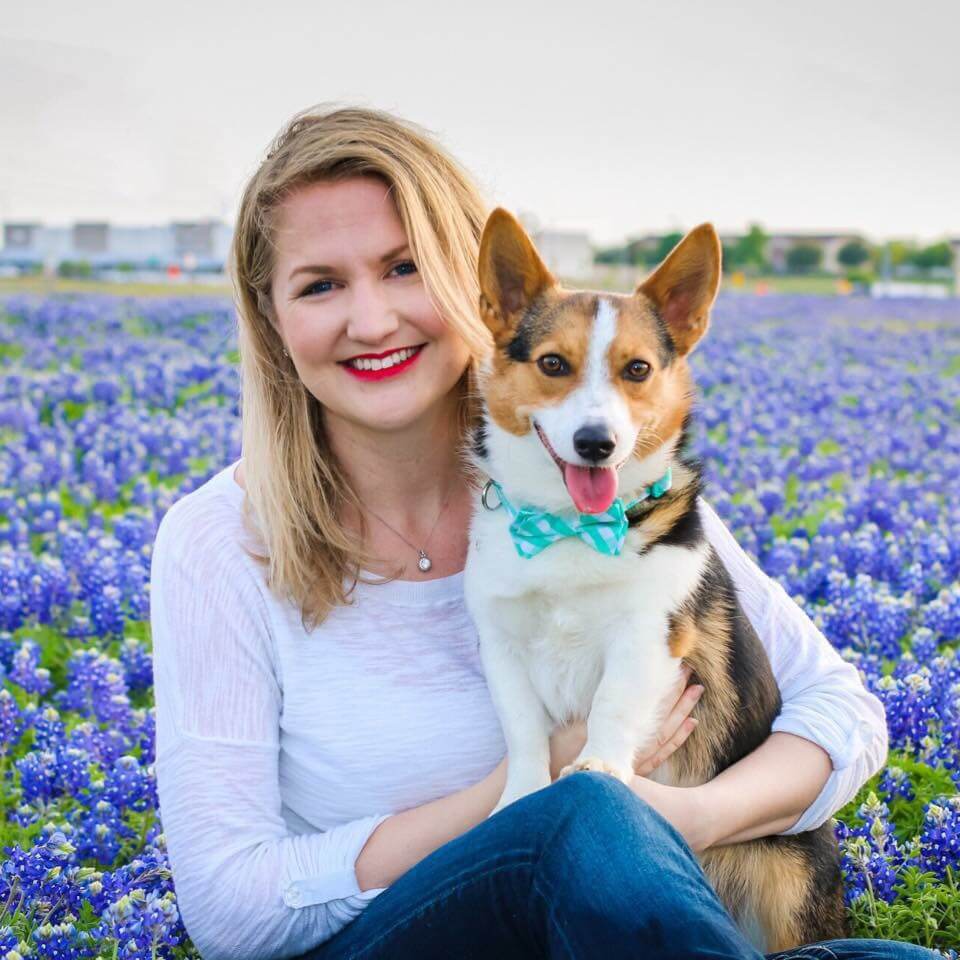
Lacey Cooke
Lacey has been working with Genealogy Gems since the company’s inception in 2007. Now, as the full-time manager of Genealogy Gems, she creates the free weekly newsletter, writes blogs, coordinates live events, and collaborates on new product development. No stranger to working with dead people, Lacey holds a degree in Forensic Anthropology, and is passionate about criminal justice and investigative techniques. She is the proud dog mom of Renly the corgi.
Disclosure: This article contains affiliate links and Genealogy Gems will be compensated if you make a purchase after clicking on these links (at no additional cost to you). Thank you for supporting Genealogy Gems!
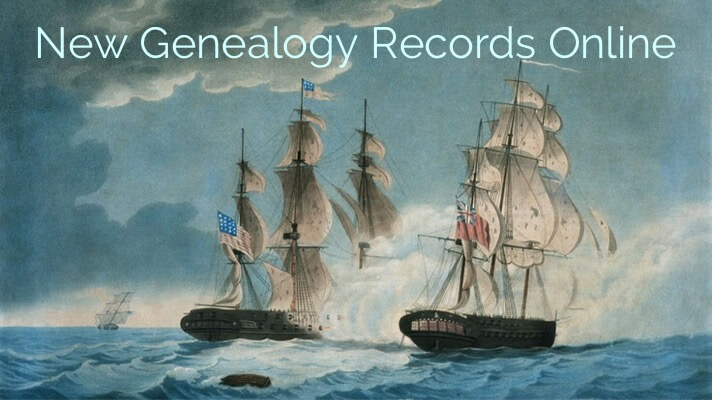
New US Navy Records and More!
U.S. Naval correspondence letters top the list this week of new genealogy collections available online. Fold3 has two brand new collections of fascinating letters that could be a wonderful resource for anyone searching for their ancestors serving in the Navy. Also this week are two new Denmark Census Records collections and more new German vital records for you to explore.
Naval Records at Fold3
Military records database Fold3 has added two new collections of naval records this month. The first collection is Letters Received by the Secretary of Navy (“Captains’ Letters”) dated 1805-1885. According to the collection, “The Captains’ Letters collection is organized by year and contains correspondence from captains at sea to the Secretary of the Navy related to a variety of issues, including shipboard discipline, repairs of vessels, and conflicts with foreign governments.” The letters are all in original manuscript form.
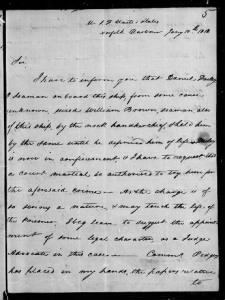
“This letter is from Captain Stephen Decatur. He was the youngest man to reach the rank of captain in the US Navy. In January 1812 he wrote to Secretary of the Navy Paul Hamilton requesting a court-martial for seaman Daniel Dailey. Dailey had strangled his fellow seaman, William Brown.” This image is from Fold3.com.
The second collection is Letters Received by the Secretary of the Navy from Commanding Officers of Squadrons between 1841-1886. This collection “contains correspondence from commanding officers of squadrons. This collection is organized by squadron location; date; and finally alphabetized by the author of the letter.”
Denmark Census Records
MyHeritage.com has added new nordic census collections. The first is 1787 Denmark Census, with over 800,000 records. The second is the 1801 Denmark Census, with nearly 1 million records in the collection. They cover only the kingdom of Denmark and does not include the duchies of Schleswig and Holstein.
A helpful research tip from MyHeritage when searching both of these collections: “Individuals often had multiple given names. However, in the census you may find individuals only listed with one of their given names—usually the one the individual most often went by—or even listed by their nickname. If at first an individual cannot be found under a particular given name, trying searching for the individual under one of their other given names, or by all of them together. Also, until the early 20th century, women were usually listed with their maiden name.”
German Vital Records
Last but certainly not least this week are two new collections of German vital records Ancestry.com. The Nienburg, Germany, Births, 1874-1905 collection. These civil registry records may include a child’s name, birth date and time, as well as parents’ names, occupations, residences, and denominations.
The Nienburg, Germany, Deaths, 1874-1974 collection will have records containing similiar information about the person’s name, age, occupation, denomination, and location and time of death. It may also include details about the informant. According to the collection, “beginning in 1938, the records may also include a Cause of Death and cross references to corresponding birth and/or marriage registers.”
More resources and insight on Naval records
The Genealogy Gems Premium Podcast episode #163 featured military expert Michael Strauss, as he helped a listener discover naval photos. Have a listen and be sure to check out the show notes for a large collection of additional resources for navy records! It’s available now to all Premium eLearning members. Not a member? Sign up today!

Lacey Cooke
Lacey has been working with Genealogy Gems since the company’s inception in 2007. Now, as the full-time manager of Genealogy Gems, she creates the free weekly newsletter, writes blogs, coordinates live events, and collaborates on new product development. No stranger to working with dead people, Lacey holds a degree in Forensic Anthropology, and is passionate about criminal justice and investigative techniques. She is the proud dog mom of Renly the corgi.
Disclosure: This article contains affiliate links and Genealogy Gems will be compensated if you make a purchase after clicking on these links (at no additional cost to you). Thank you for supporting Genealogy Gems!
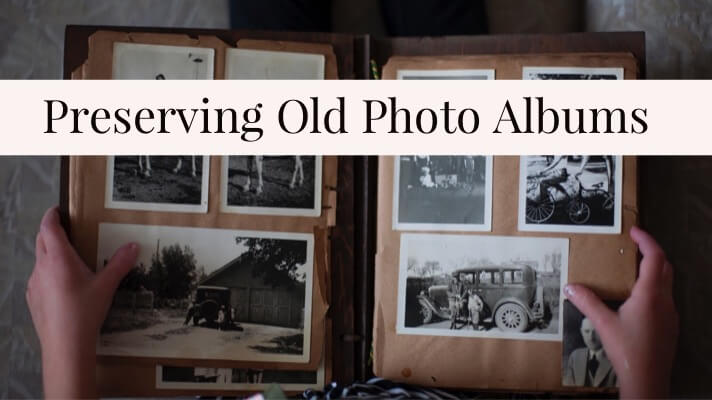
7 Steps for Preserving Old Photo Albums and Scrapbooks
Preserving old albums means figuring out what to do with everything inside. What if items are dirty or mildewed? How can you safely store related memorabilia? The Archive Lady Melissa Barker tackles these common and important questions.
Recently Donna wrote in to tell us about a fantastic trove of family heirlooms she’s recently acquired—and to ask us how to take care of them. Here’s what she wants to know: “I’ve recently been given a huge amount of letters (WWII), photos, medals, etc. from my grandparent’s estate. I have two question/subjects that I’m asking about:
I’ve read a lot of things concerning preservation and have started doing that. But, I’ve never read what to do with items…specifically pictures in old fold out ‘albums’ where the album itself appears to have possible mold mildew or dirt. Do I slide out the pictures and while scanning them, [then] take some kind of bleach or other solution to the things on it? Do I just take pictures of the original and toss it? (I’d hate to do that.) I don’t want to compromise the collection because of one bad item, but I also want to preserve these things for the next generations.
Also, when putting things (letters, for example) into buffered folders and then placing them in archival boxes, can you put other media into the same archival box? For example: pictures, letters, and the dreaded newspaper clipping—all in their own folder, but in the same archival box? Or should each “type” of item have a dedicated box? Since V-Mail letters, airmail, and regular letters might be typed, written in ink or pencil, and/or images (v-mail) printed out, can they go into separate folders but in the same archival box?”
Donna concludes, “I’m trying hard to find these answers. I am assuming that since things are divided out, they will be okay in the same box. I am treating my grandfather’s ribbons and some coins this way…putting them in divided/sectioned clamshell boxes where each divided area has a different medium or item. Basically, I guess I’m worried about whether items physically separated but in the same container will still affect each other.”
7 Steps for Preserving Old Photo Albums and Scrapbooks
Donna asks some great questions about records preservation. It sounds like she has some true treasures in her collection and it is understandable that she would want to use the proper methods to keep them protected for generations to come.
Here are 7 steps you can take to preserve your old, deteriorating photo albums and scrapbooks:
1. The molding photograph that Donna has in the fold out album is something that should be dealt with immediately. Remove the photograph from the album if possible.
2. Take the album and place it in outside in direct sunlight for about 30 minutes, which should kill the mold.
3. Then using a damp cloth, clean the album and let it dry. This should have removed any mold that was on the album. Never use any chemicals, like bleach, on any items you are trying to preserve.
4. Digitize the photograph and then place it back in the original album. It is important to keep the photo and the fold out album together for provenance.
5. Place the album with the photograph into an archival sleeve and then into an archival file folder.
6. The folder can then be placed into an archival box.
7. It is important to store all photographs in a cool, dark and dry place. Humidity and moisture will cause more mold and damage. The temperature should also be a consistent temperature. Fluctuating temperatures can damage photographs.
Donna asks about putting several different items into the same archival box. It is perfectly acceptable to put different items in the same archival box. Photographs, old letters, and newspaper clippings can be stored in the same box as long as they are not touching each other and are in their own file folder. It is also acceptable to place small artifacts in the same box as long as it does not fold or lay on the file folders where the other documents are located. Be sure to not overcrowd the box which could cause damage to what is stored inside the box.
Taking the steps needed to preserve our precious family papers and heirlooms is what we should all be doing. The next generation will be glad that we did!
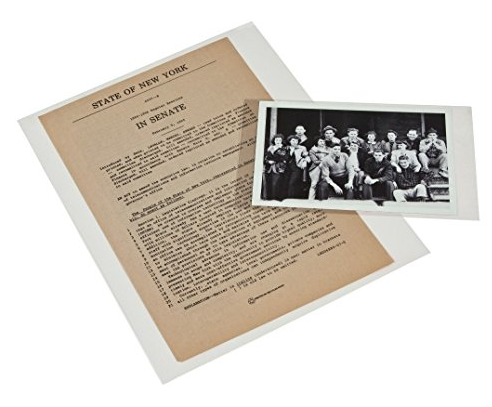
Images are courtesy of Melissa Barker and the Houston County, TN Archives.
Keep reading: How to archive family history documents
Keep up the good work preserving your own old albums and other family documents. If you found this helpful, I also recommend you read my article “How to archive family history documents,” in which I answer another Genealogy Gems fan’s question about safely preserving precious original family paperwork.
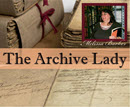
About the Author: Melissa Barker is a Certified Archives Records Manager, the Houston County, Tennessee Archivist and author of the popular blog A Genealogist in the Archives and an advice columnist. She has been researching her own family history for the past 27 years.

